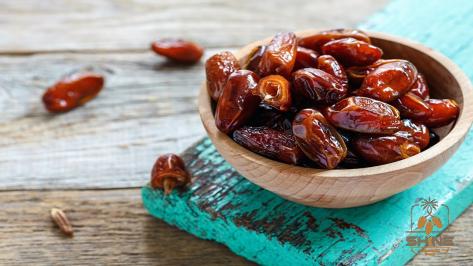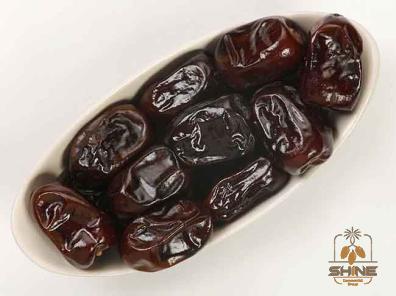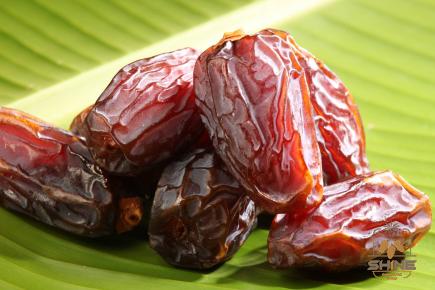When it comes to luxurious dates, the Barhi date palm (Phoenix dactylifera) stands unmatched in its delectable flavor and regal reputation. Known for its amber-hued, soft and caramel-like flesh, these luscious fruits are cherished for their mouthwatering taste and high nutritional value. In this article, we will delve into the fascinating world of the Barhi date palm, exploring its origins, cultivation methods, health benefits, and culinary uses. Whether you are a fan of dates or simply curious about exotic fruits, prepare to satisfy your taste buds and expand your knowledge about this Arabian treasure. 1. History and Origin: The Barhi date palm has its roots firmly embedded in the mystical deserts of North Africa and the Middle East, where it has been cultivated for centuries.
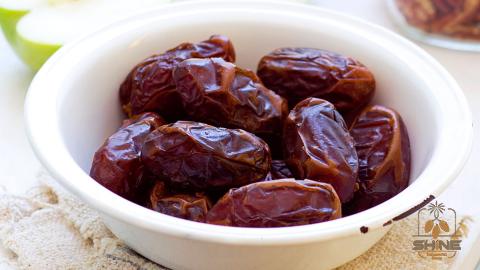
.
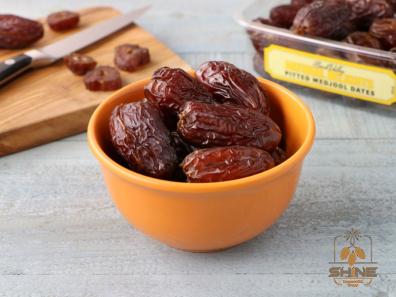 Believed to have originated in Iraq or Libya, this date palm variety was spread across various parts of the world through trading routes. Today, it is primarily grown in countries like Algeria, Tunisia, Saudi Arabia, and the United Arab Emirates. The Barhi date palm’s historical significance and cultural value make it an icon of Arabian hospitality. 2. Tree Description and Growth: Barhi date palms are characterized by their slender, feather-like fronds and a stout trunk that can reach heights of up to 20 meters. These trees thrive in arid regions, where their long, deep roots tap into underground water sources.
Believed to have originated in Iraq or Libya, this date palm variety was spread across various parts of the world through trading routes. Today, it is primarily grown in countries like Algeria, Tunisia, Saudi Arabia, and the United Arab Emirates. The Barhi date palm’s historical significance and cultural value make it an icon of Arabian hospitality. 2. Tree Description and Growth: Barhi date palms are characterized by their slender, feather-like fronds and a stout trunk that can reach heights of up to 20 meters. These trees thrive in arid regions, where their long, deep roots tap into underground water sources.
..
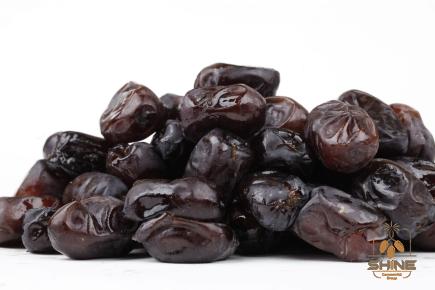 Typically, Barhi palm trees produce abundant clusters of dates, each weighing around 10-15 grams. The fruit is protected by a thin, golden-colored skin that encloses the soft, syrupy flesh. 3. Cultivation and Harvesting: Cultivating Barhi date palms requires a sunny and hot climate, with temperatures ranging between 38°C and 45°C. These palms grow best in sandy or loamy soil that is well-drained. Their resilience to harsh conditions and low water requirements make them ideal for growth in arid and semi-arid regions. Pollination is usually carried out by wind or insects, although some growers resort to hand pollination techniques to ensure quality and quantity. After pollination, the fruits start to develop, gradually ripening over the course of several months. Harvesting usually takes place between late summer and early fall when the fruits have reached their peak sweetness.
Typically, Barhi palm trees produce abundant clusters of dates, each weighing around 10-15 grams. The fruit is protected by a thin, golden-colored skin that encloses the soft, syrupy flesh. 3. Cultivation and Harvesting: Cultivating Barhi date palms requires a sunny and hot climate, with temperatures ranging between 38°C and 45°C. These palms grow best in sandy or loamy soil that is well-drained. Their resilience to harsh conditions and low water requirements make them ideal for growth in arid and semi-arid regions. Pollination is usually carried out by wind or insects, although some growers resort to hand pollination techniques to ensure quality and quantity. After pollination, the fruits start to develop, gradually ripening over the course of several months. Harvesting usually takes place between late summer and early fall when the fruits have reached their peak sweetness.
…
4. Flavor and Texture: One bite into a Barhi date and you’ll instantly understand why it is often referred to as the “honey date.” The natural sugars present in the fruit give it a mouthwatering honey-like flavor. The texture is soft and luscious, with a pleasant melt-in-your-mouth quality. The Barhi date is slightly chewy but not overly fibrous, making it a delightful treat for those who appreciate a velvety texture. Its distinct caramel undertones and rich flavor profile make it a favorite among date aficionados. 5. Nutritional Benefits: Beyond its heavenly flavor, the Barhi date boasts several health benefits. These fruits are packed with essential vitamins and minerals, including potassium, magnesium, and iron. They are a natural source of dietary fiber, aiding digestion and promoting satiety. From maintaining healthy bones and teeth to boosting immunity and heart health, the nutritional composition of Barhi dates makes them a valuable addition to a balanced diet. 6. Culinary Uses: Barhi dates are a versatile ingredient, adding sweetness and depth to a wide range of culinary creations. They can be enjoyed on their own as a wholesome snack or incorporated into both sweet and savory recipes. From date shakes and smoothies to salads, stuffing, and even meat marinades, the possibilities are endless. Their naturally sticky texture also makes them a popular ingredient for date-based desserts such as puddings, cakes, and energy bars. 7. Storage and Shelf Life: While consuming fresh Barhi dates is a delightful experience, these fruits can also be stored for extended periods. If kept at room temperature, they can last for up to a week, after which they become drier. Refrigerating Barhi dates can extend their shelf life by several months, ensuring that you can relish their delightful sweetness throughout the year.
